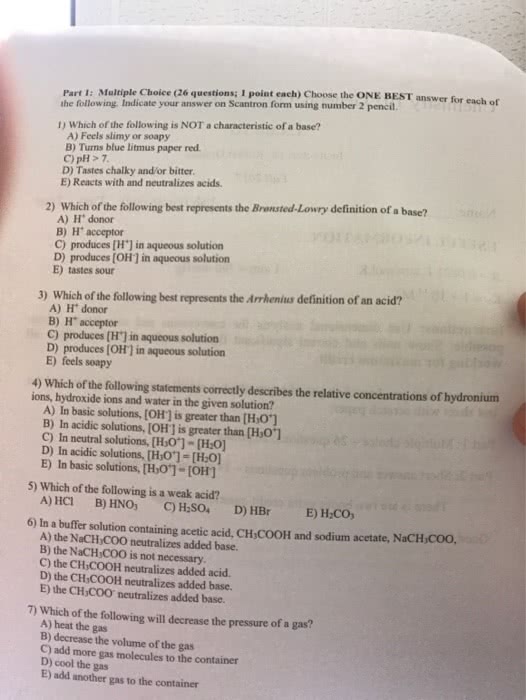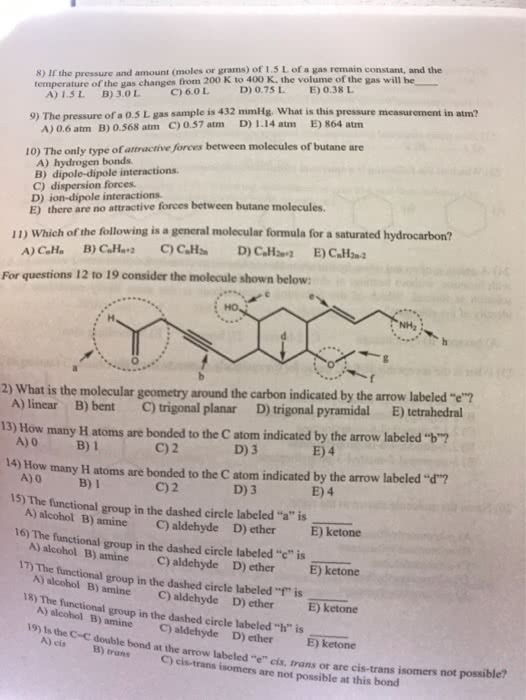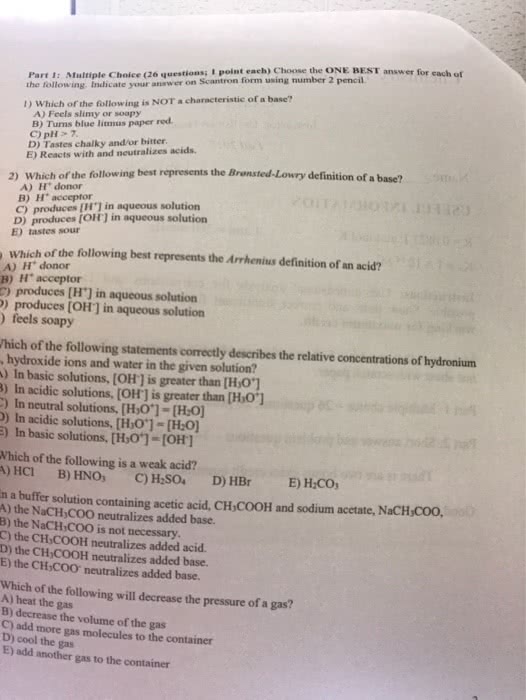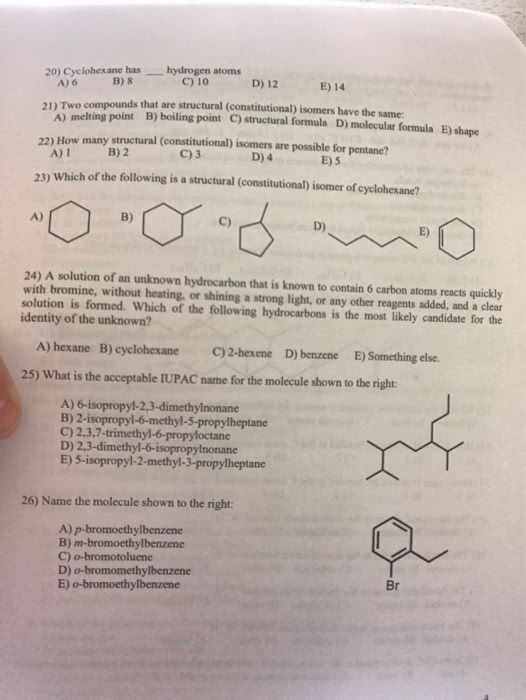01:160:162 Lecture Notes - Lecture 17: Conjugate Acid, Litmus, Ph
Document Summary
Chapter 17: acids and bases: 17. 1 batman"s basic blunder. More tightly h held, less likely it is to come off. A 1. 0m hcl solution has an h3o+ concentration of 1. 0 m, Based on the law of mass : ha(aq)+h2o(l) h3o+(aq) +a-(aq) (1) ha(aq) h+(aq)+a-(aq) (2) ka=[h3o+]/[a-]/[ha] = [h+][a-]/[ha, smaller the constant, less it ionizes, weaker the acid. 17. 6 autoionization of water and ph: recall: water is amphoteric, can either act as a base or acid. [h3o+: summarizing kw, neutral solution [h3o+]=[oh-]=1. 0*10^-7 m (25c, acidic solution [h3o+]>[oh-, basic solution [oh-] > [h3o+, in all aqueous solutions both h3o+ and oh- are present and. 17. 7 finding the [h3o+] and ph of strong and weak acid solutions: in a solution containing a strong or weak acid, two potential sources of h3o+: ionization of aid itself and autoionization of water . Ignore contribution of autoionization of water, only have to determine [h3o+] formed: ha(aq)+h2o(l) h3o+(aq)+a-(aq) ka. H3o+ formed by ionization of hcho2 or water.





